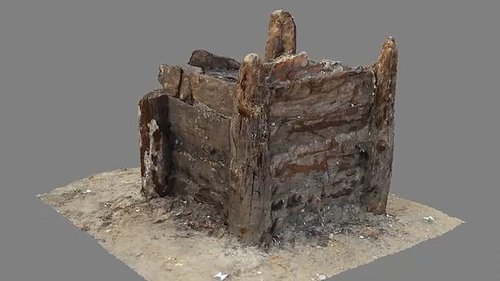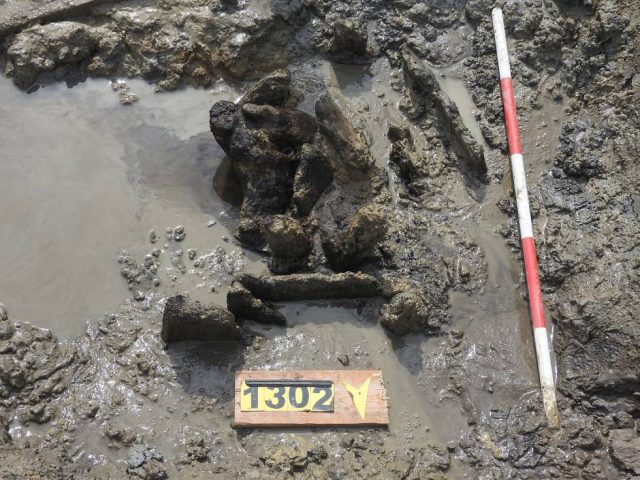In an extraordinary archaeological breakthrough, researchers have uncovered a Neolithic well in Eastern Europe that dates back 7,000 years, believed to be the oldest wooden structure ever found. This significant discovery not only highlights the advanced technical abilities of Neolithic societies but also enriches our understanding of early human civilization. Constructed around 5256 B.C., the well exemplifies the creativity and craftsmanship of our forebears.
A 7,000-Year-Old Neolithic Well: A Glimpse into History
The well, made from oak by local farmers, has been accurately dated to roughly 5256 B.C. Researchers utilized dendrochronology, a scientific technique that examines tree rings in the wood, to establish its age with impressive precision. This technique confirms that it is the oldest wooden structure in the world dated through dendrochronology.

Preservation and Challenges of the Ancient Artifact
The well’s remarkable preservation is attributed to the unique conditions surrounding its discovery. For centuries, it remained submerged underwater, which safeguarded it from deterioration. However, this preservation poses challenges as well. Karol Bayer from the University of Pardubice’s Department of Restoration notes, “The well has survived only because it was underwater for so long. If we allow it to dry out now, it will be ruined.”
To tackle this issue, researchers are creating a specialized method to dry and preserve the wood without causing deformation. This process involves using sugar to strengthen the wood’s cellular structure, ensuring that this ancient well can be studied and valued by future generations.

Sophisticated Carpentry Skills of Neolithic Societies
One of the most fascinating elements of this discovery is the advanced carpentry skills exhibited by the Neolithic builders. The design of the well incorporates grooved corner posts with inserted planks, reflecting a level of technical expertise previously unrecognized for this era. The corner posts consist of trunks that were felled in either autumn or winter of 5259 B.C. or early 5258 B.C., indicating a sophisticated understanding of their materials.
Experts believe that the builders skillfully shaped the surfaces of these trunks using only stone, bone, horn, or wooden tools available at that time. “The shape of the structural elements and the tool marks on their surfaces confirm highly developed carpentry techniques,” researchers stated in their findings published in the Journal of Archaeological Science.

An Exceptional Discovery in the Czech Republic
The well, standing at 140 cm (56 inches) tall with a square base measuring 80 by 80 cm (32 by 32 inches), was discovered during the construction of the D35 motorway near Ostrov in the Czech Republic. This marks the third early Neolithic well found in the Czech Republic within four years, underscoring the region’s rich archaeological significance.

Conclusion
The unearthing of this 7,000-year-old Neolithic well in Eastern Europe represents a significant milestone in archaeology. As the oldest wooden structure identified to date, it provides an extraordinary insight into the technical prowess and craftsmanship of Neolithic peoples. The preservation efforts and challenges involved in maintaining its integrity highlight the critical role of careful conservation in archaeological study. As we continue to explore our ancient history, this well serves as a testament to the creativity and resilience of our ancestors.

